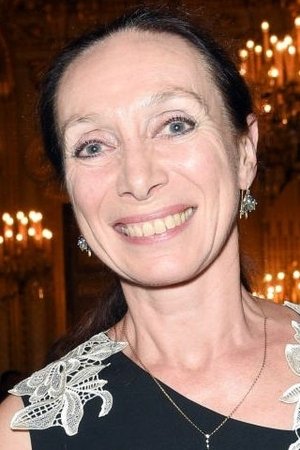Élisabeth Platel (b. 1959)
Birthplace:
Paris, France
Born:
April 10, 1959
Élisabeth Platel (born 10 April 1959) is a French prima ballerina. After studying at the conservatoire in Saint-Germain-en-Laye, she entered the Conservatoire de Paris in 1971, graduating with First Prize, which allowed her to complete her studies at the École de Danse de l'Opéra National de Paris. Influential teachers of Platel were Pierre Lacotte, who worked with her in the Paris Opera School and Raymond Franchetti, who owned a studio where the budding dancer was able to watch professional artists taking class, among others soloists from the Paris Opera like Noëlla Pontois, or guest stars like Rudolf Nureyev. Élisabeth entered the corps de ballet of the Paris Opéra Ballet in 1976 as a quadrille at the age of 17. She advanced quickly to successive ranks of the company's hierarchy. The following year she was promoted to coryphée. In 1978 she became sujet and danced her first soloist roles in ballets by George Balanchine, Divertimento No. 15 and The Four Temperaments. In 1979, at nineteen, she was appointed première danseuse. In 1981 Platel started to prepare her first great classical ballet, La Sylphide with Pierre Lacotte, her former teacher. La Sylphide, a landmark work from 1832 which introduced romanticism in ballet and made Marie Taglioni a world-famous ballerina, became one of Platel's signature roles during her career at the Paris Opera. In that same year she also learned and danced the leading roles in Swan Lake, Paquita, and Giselle. Upon her debut as Giselle on 23 December 1981 she was nominated "étoile". When Rudolf Nureyev was invited in 1981 to mount his Don Quixote for the Paris Opera, he chose Platel to dance the Queen of the Dryads. For Platel, it meant the beginning of a successful artistic collaboration with Nureyev, who became one of the most important figures in her career, especially when he was director of the Paris Opera Ballet (1983–1989). In 1983, Nureyev mounted his first full-length ballet as recently appointed director of the Paris Opera Ballet, Marius Petipa's late masterpiece Raymonda. Platel was chosen to dance the title role at the premiere. The following year, she created the roles of Odette/Odile in Nureyev's new version of Swan Lake for the Paris Opera. Swan Lake is her most frequently performed ballet. Nureyev also entrusted her with the creation of the leading roles in his versions of The Sleeping Beauty (1989) and his final work for the Paris Opera La Bayadère in 1992. Platel has been a guest artist with Royal Ballet (London), Danish Royal Ballet, Hamburg Ballet, Ballet of the Vienna Opera, Ballet of the Berlin Opera, Finnish National Ballet, Bolshoi Ballet, Kirov Ballet, Royal New Zealand Ballet, Les Grands Ballets Canadiens, Municipal Theatre in Rio de Janeiro. Retirement from the Paris Opéra Ballet On 9 July 1999, Platel gave her farewell performance as danseuse étoile of the Paris Opera in La Sylphide. At that time, Paris Opéra rules required female étoiles to retire at 40 (male étoiles retired at 45). Now, female and male étoiles retire at 42 and a half. For the occasion she performed with two of her favourite partners, Nicolas Le Riche and Manuel Legris, who danced the role of James Act I and II respectively. ... Source: Article "Élisabeth Platel" from Wikipedia in English, licensed under CC-BY-SA 3.0.





